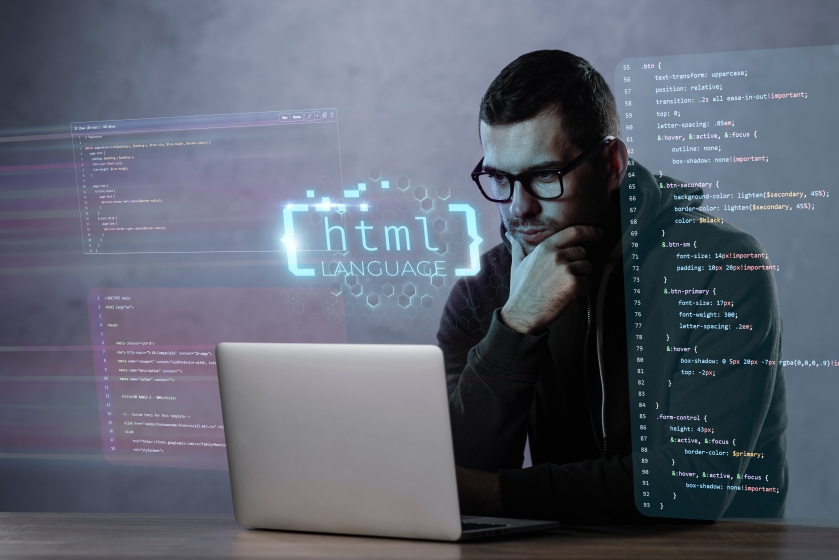
I. Introduction
A. The Popularity and Demand for Python Programming in Bangalore
Bangalore, the Silicon Valley of India, has witnessed a meteoric rise in the demand for Python programmers. Companies from startups to multinational corporations are constantly on the hunt for skilled Python professionals, making it a sought-after skill for aspirants looking to break into the tech industry.
B. Importance of Finding Budget-Friendly Python Courses in Bangalore
With a diverse demographic keen on leveraging this demand, the quest for affordable Python training is more intense than ever. Budget-friendly courses not only make skill development accessible but also ensure that financial constraints do not hinder the growth of budding coders.
II. Factors Influencing Python Course Fees
A. Course Duration and Intensity
1. Short-term courses offer a swift, intensive introduction to Python, while long-term courses provide a deep dive into the language.
2. The intensity of the course directly affects the cost, with more comprehensive programs commanding a higher fee.
3. Each course duration comes with its own set of benefits and drawbacks, tailored to different learning paces and outcomes.
B. Course Content and Curriculum
1. The depth of Python concepts covered varies, impacting the comprehensiveness of the curriculum.
2. Practical application is key to mastery, and courses that offer real-world projects tend to have a higher value.
3. Additional resources, such as industry tools and libraries, enhance the learning experience, influencing the fee structure.
C. Trainer Expertise and Experience
1. The qualifications of trainers and their industry experience can raise the quality of instruction, thereby affecting course fees.
2. Instructors with hands-on Python experience bring invaluable insights, enriching the learning process.
3. Teaching expertise also matters, as skilled educators can facilitate better learning outcomes.
D. Training Institute Reputation and Facilities
1. Institutes like Nearlearn, with a proven track record, often command higher fees due to their established reputation.
2. Well-equipped facilities contribute to a conducive learning environment, reflecting in the course pricing.
3. A strong alumni network and success stories are hallmarks of a quality institute, justifying a premium fee.
E. Job Placement Assistance and Additional Perks
1. Job placement support is crucial, with institutes providing this service often charging more due to the added value.
2. Additional perks like industry interactions and mentorship programs also factor into course fees.
3. The long-term value of post-course support can outweigh the initial financial investment in the course.
III. Price Comparison: Python Courses in Bangalore
A. Categories of Python Courses
1. Online courses tend to be more cost-effective compared to offline ones.
2. Full-time courses usually require a higher fee than part-time due to the intensity and resources involved.
3. Self-paced courses might be more affordable but lack the structure and interaction of a classroom setting.
B. Average Course Fees in Bangalore
1. Python course fees in Bangalore can range widely based on course content, duration, and the reputation of the institute.
2. Factors contributing to the cost include the caliber of the faculty, the institute’s infrastructure, and the comprehensiveness of the curriculum.
3. Budget-friendly courses are available, offering a balance between quality education and affordability.
C. Hidden Costs and Additional Expenses
1. Learning materials and resources can sometimes incur extra costs, which need to be accounted for.
2. Transportation and accommodation should also be considered for in-person classes.
D. Scholarships and Financial Aid Options
1. Scholarships can significantly reduce the financial burden of Python courses.
2. Government and private financial aid programs are available to eligible candidates.
3. Seeking out these opportunities can make Python training more accessible.
NOTE: FOR Best React JS Course in Bangalore
IV. Tips for Finding Budget-Friendly Python Courses
A.Researching Various Training Institutes
1. Nearlearn stands out for its balance of affordability and quality in Python training.
2. Testimonials and reviews provide insight into the value offered by an institute.
3. Comparing course offerings and fee structures can highlight the most cost-effective choices.
B. Negotiating Course Fees and Payment Plans
1. Don’t hesitate to discuss discounts or flexible payment arrangements.
2. Installment payment options can ease the financial load.
3. Group enrollments or referral programs might offer chances for discounts.
C. Consideration of Online Learning Platforms
1. Online platforms can be more budget-friendly and offer flexible learning schedules.
2. The reputation and course quality of online providers should be carefully evaluated.
3. The trade-offs between cost and learning dynamics must be considered.
D. Utilizing Free Resources and Open-Source Materials
1. Free online resources can complement structured learning or even provide a foundation in Python.
2. Participation in open-source projects can enhance learning without any cost.
3. Self-study through these channels can reduce or eliminate the need for formal courses.
E. Understanding the Value of Course Certification
1. Recognized certification can be a significant career booster.
2. The standing of the certification provider impacts the weight of the credential in the industry.
3. A certified course from a reputable institute like Nearlearn can be a long-term asset.
V. Summary and FAQs
A. Summary of Key Points Discussed in the Article
This guide has demystified the factors affecting Python course fees in Bangalore, highlighting how institutes like Nearlearn provide value for money with their well-structured and comprehensive Python training in Bangalore and also offers Top React Native Training in Bangalore
B. Frequently Asked Questions About Python Course Fees in Bangalore
1. Courses can range from a few weeks to several months, depending on the learning path chosen.
2. Affordable and even free Python courses are available for those who seek them.
3. Self-learning is possible but structured courses offer a more guided pathway to mastering Python.
4. The choice of a training institute should be based on factors like course content, faculty expertise, and additional services offered.
5. Certification is important as it validates the skills and knowledge of a Python programmer to potential employers.











